
Rewilding Your Yard with Native Plants and Thriving Ecosystems
Published: 26/02/2024 | Updated: 20/04/2024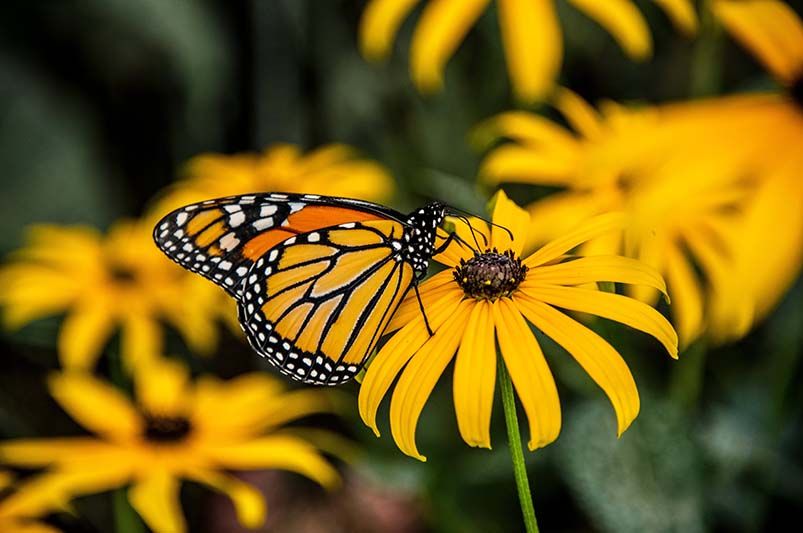
If you want to reconnect with nature and bring a slice of the wilderness into your backyard effortlessly, rewilding is the key to unlocking the untamed beauty of the natural world. Harnessing the power of native plants and embracing local wildlife, rewilding your yard can transform it into a thriving ecosystem that not only sustains itself but also contributes to the overall health of the environment.


In this comprehensive guide, we'll delve into the art of rewilding, exploring the significance of native plants, the role of local wildlife, and the steps you can take to foster a flourishing ecosystem right outside your door. Whether you have a sprawling garden or a cozy outdoor space, rewilding principles can be applied to any landscape, creating a haven for biodiversity and natural processes.
This article is part of our weekly blog series at Shrubhub blog, where we share expert insights, pro tips, and budget-friendly ideas on landscaping, yard renovations, and sustainable garden maintenance. Join us on the journey of rewilding your yard and letting the untamed beauty of nature flourish in your outdoor space. Let's embark on this eco-friendly adventure together!
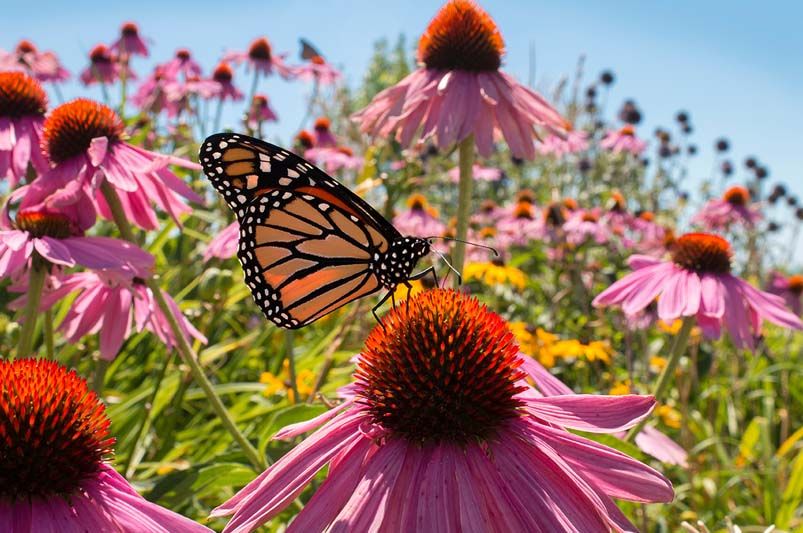
Embracing Native Plants
In the enchanting world of rewilding, native plants serve as the unsung heroes, weaving the tapestry of your yard with authenticity and ecological significance.
Understanding the Significance of Native Plants:
Local Wildlife Support: Native plants are the backbone of a thriving ecosystem, providing sustenance and shelter for local wildlife. From birds to butterflies, these plants form the cornerstone of a balanced and biodiverse habitat, fostering a delicate interdependence between flora and fauna.
Adaptation to Local Conditions: Through years of evolution, native plants have finely tuned themselves to the specific conditions of your region. Their roots intertwine with the soil's unique composition, and their leaves are adapted to the local climate. This not only ensures their resilience but also creates a sustainable, low-maintenance landscape.
Promoting Biodiversity: The presence of native plant species cultivates a rich tapestry of biodiversity. As native plants coexist harmoniously, they attract a diverse array of native insects, contributing to the intricate web of life within your yard. This biodiversity, in turn, brings a sense of vitality and natural balance.
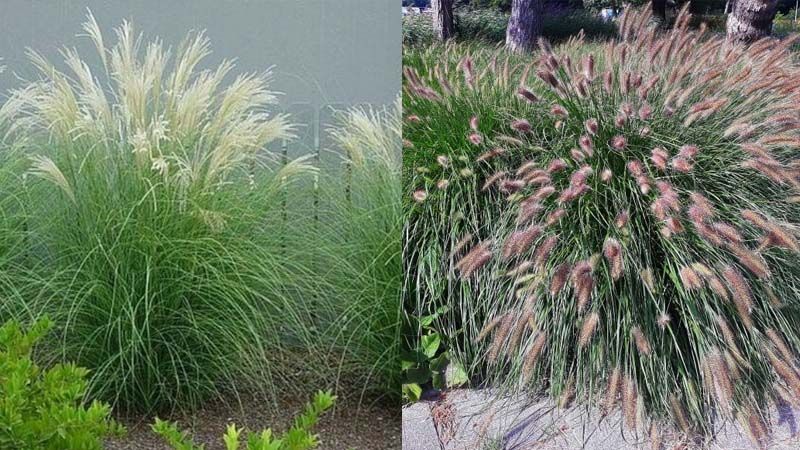
Selecting and Planting Native Trees, Grasses, and Wildflowers:
Native Trees: Choose native trees that resonate with the local environment, providing more than just aesthetic appeal. These trees become habitats for birds, squirrels, and insects, enhancing the ecological value of your yard.
Native Grasses: Integrate native grasses into your landscape to bolster soil stability, prevent erosion, and introduce dynamic visual textures. Their adaptability to local conditions ensures they flourish without excessive care, contributing to the overall resilience of your outdoor space.
Native Wildflowers: Elevate your rewilding project with native wildflowers, enchanting both the eye and the local pollinators. These vibrant blooms not only add splashes of color but also play a crucial role in supporting native bees, butterflies, and other essential pollinators.
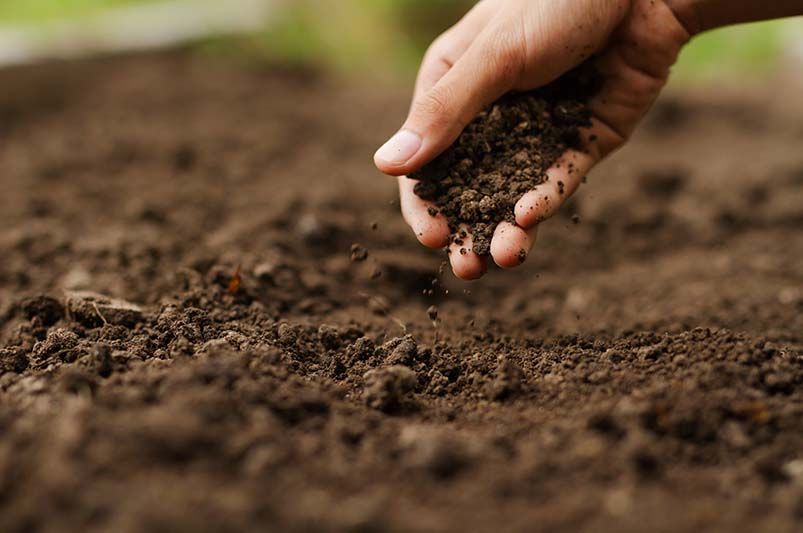
Tips for Successful Planting:
Appropriate Planting Time: Timing is crucial for successful native plant establishment. Consult local guidelines to determine the most suitable seasons for planting, ensuring that your yard becomes a thriving haven for native species.
Soil Preparation: Prepare the ground with care, incorporating organic matter to enhance soil fertility and drainage. By creating an optimal environment for root development, you lay the foundation for robust and healthy native plants.
Strategic Plant Placement: Consider the unique sunlight requirements and spacing preferences of your chosen native trees, grasses, and wildflowers. Thoughtful placement maximizes their growth potential, creating a landscape that is not only visually pleasing but also ecologically sound.
By embracing native plants, you embark on a journey that goes beyond landscaping; it's a commitment to preserving and celebrating the natural essence of your local landscape.
Planting Strategies for Native Species
As you embark on the journey of rewilding your yard with native plants, strategic planting becomes the compass guiding you through the creation of a vibrant and sustainable ecosystem. From fostering local wildlife to enhancing the visual appeal of your outdoor space, these planting strategies ensure that the essence of the natural world thrives right outside your doorstep.
Tips for Successful Planting of Native Species in Outdoor Spaces:
Comprehensive Planting Plan: Develop a well-thought-out planting plan that considers the unique needs of each native species. A comprehensive approach ensures a harmonious coexistence, promoting biodiversity and visual balance.
Year-Round Interest: Select a variety of native plants that offer year-round interest, including seasonal blooms, foliage changes, and persistent seed heads. This approach ensures your yard remains visually captivating throughout the changing seasons.
Layered Planting Design: Embrace the concept of layered planting by arranging native trees, shrubs, grasses, and wildflowers in different height tiers. This not only adds depth to your landscape but also mimics natural ecosystems, providing habitats for various wildlife.
Creating a Native Plant Garden or Community Garden:
Native Plant Garden: Designate specific areas for a native plant garden, showcasing the diverse beauty of indigenous flora. This focused approach allows you to highlight the unique characteristics of each native species, creating an educational and aesthetically pleasing display.
Community Garden: Collaborate with neighbors and community members to establish a community garden featuring native plants. This collective effort not only contributes to the local biodiversity but also fosters a sense of shared responsibility for the environment.
Benefits of Evergreen Shrubs: Incorporate evergreen shrubs into your native plant landscape for year-round structure and greenery. Evergreen shrubs provide continuous cover for wildlife and act as anchor points in your garden design.
By implementing these planting strategies, you not only create a visually stunning landscape but also establish a haven for local wildlife.

Dealing with Invasive Species
In the pursuit of rewilding, the battle against invasive species becomes a crucial aspect of fostering a truly native haven. Invasive plants can disrupt the delicate balance of your ecosystem, out-competing native species and jeopardizing the well-being of local wildlife. Let's delve into effective strategies for identifying, managing, and replacing invasive species with native alternatives, ensuring the purity and resilience of your rewilded yard.
Recognizing and Managing Invasive Plants in Your Yard:
Identification: Arm yourself with knowledge by learning to identify common invasive plants in your region. Keep an eye out for aggressive species that may threaten the well-being of your native plants and local ecosystem.
Early Intervention: Act swiftly upon detection of invasive species. Early intervention prevents their rapid spread and minimizes the impact on your rewilding efforts. Regular inspections are key to maintaining a healthy and balanced ecosystem.
Appropriate Removal Techniques: Choose removal techniques that align with the nature of the invasive species. Whether through manual removal, herbicides, or innovative control methods, select the approach that minimizes harm to native plants and wildlife.
The Impact of Invasive Species on Local Fauna and Ecosystems:
Displacement of Native Flora: Invasive species can outcompete native plants for resources, leading to the displacement of indigenous flora. This disruption impacts local fauna, as many animals depend on specific native plants for food and shelter.
Altered Habitats: The presence of invasive species alters habitats, affecting the availability of suitable nesting sites and food sources for birds, insects, and other wildlife. This ripple effect can cascade through the entire ecosystem.
Reduced Biodiversity: Invasive species often contribute to a decline in overall biodiversity. By crowding out native plants, they limit the variety of resources available to local wildlife, jeopardizing the delicate balance of your rewilded yard.
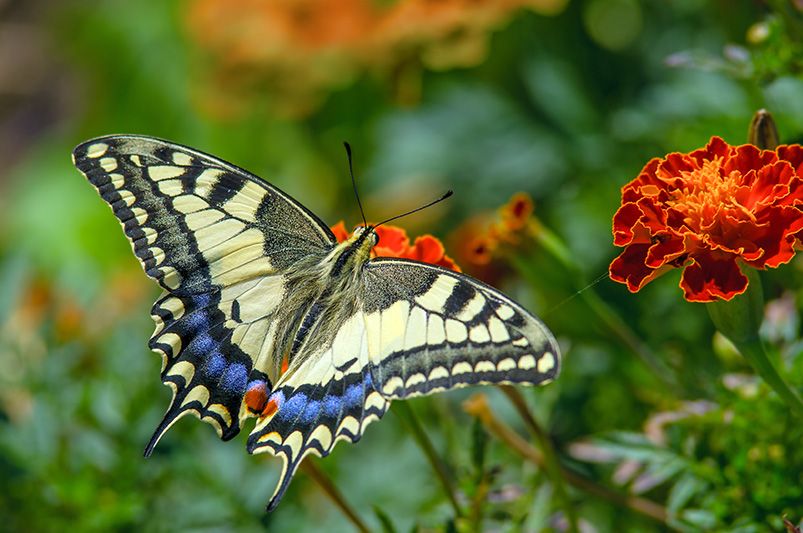
Strategies for Replacing Invasive Plants with Native Alternatives:
Research Local Alternatives: Explore native alternatives that thrive in your specific region. Research local nurseries or gardening centers that specialize in native plants, ensuring you make informed choices for replacements.
Gradual Replacement: Implement a gradual replacement strategy to minimize the ecological shock to your yard. Replace invasive species with native alternatives over time, allowing the ecosystem to adapt and flourish.
Community Involvement: Encourage community involvement in identifying and replacing invasive species. Collective efforts ensure a more comprehensive and sustainable approach to combating invasive threats.
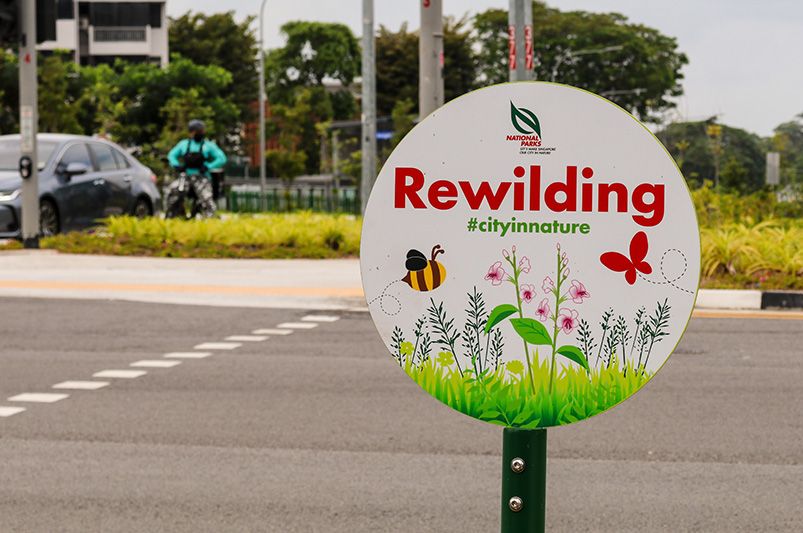
Supporting Local Wildlife and Biodiversity
As your rewilded yard evolves, the focus shifts to supporting local wildlife and fostering biodiversity. Creating a haven for birds, insects, and small mammals contributes not only to the charm of your outdoor space but also to the resilience and health of your rewilded ecosystem. Let's explore actionable steps and considerations for attracting, sustaining, and celebrating the diverse array of creatures that call your yard home.
Attracting Local Fauna with Native Plant Choices:
Pollinator-Friendly Plants: Select native plants known for attracting pollinators, such as bees and butterflies. Create designated areas with a variety of flowering plants, providing nectar sources for these essential insects.
Bird-Friendly Landscaping: Integrate features like bird feeders, birdbaths, and native trees to attract diverse bird species. Native trees serve as nesting sites, enhancing the overall bird-friendly atmosphere of your yard.
Insect Habitats: Incorporate elements like deadwood, logs, or rock piles to create habitats for beneficial insects. These features not only support the insect population but also attract insectivorous birds, creating a dynamic ecological balance.
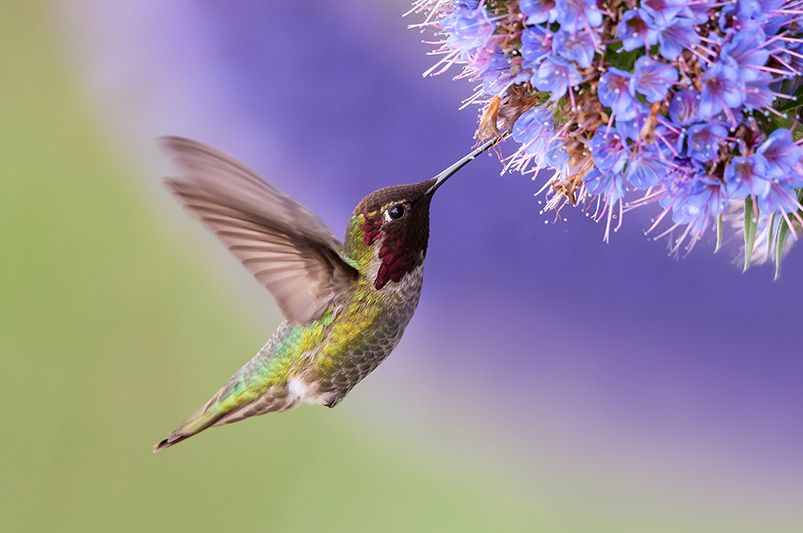
The Role of Fallen Trees in Providing Habitat for Small Mammals and Insects:
Natural Habitat Elements: Allow fallen trees to remain in your yard to serve as natural habitats for small mammals and insects. Fallen trees provide shelter, breeding sites, and foraging opportunities, contributing to the thriving microhabitats within your rewilded space.
Biodiversity Hotspots: Fallen trees create biodiversity hotspots, attracting a myriad of species. From fungi and insects to small mammals, these decomposing trees play a vital role in the intricate web of life within your yard.
Promoting Microenvironments: Embrace the concept of microenvironments by strategically placing fallen trees. This encourages the development of unique niches, fostering a diverse and resilient ecosystem.
Fostering a Thriving Ecosystem:
Diverse Plant Species: Continue to diversify your native plant selection. A variety of plant species ensures a consistent supply of food and shelter, catering to the specific needs of different wildlife species.
Water Features: Incorporate water features such as ponds, small streams, or birdbaths to provide essential hydration for wildlife. These features also attract amphibians and other aquatic species, enhancing the overall biodiversity of your rewilded haven.
Holistic Landscape Planning: Adopt a holistic approach to landscape planning that considers the needs of both flora and fauna. Integrate natural features, creating interconnected habitats that support a flourishing and self-sustaining ecosystem.
Conclusion
In the pursuit of rewilding your yard, you've embarked on a transformative journey to cultivate the untamed beauty of the natural world right outside your doorstep. From embracing native plants to battling invasive species and supporting local wildlife, each step contributes to the creation of a thriving and harmonious ecosystem in your outdoor sanctuary.
As fallen trees become havens for small mammals, native flowers attract pollinators, and carefully selected plants create biodiversity hotspots, your rewilded yard emerges as a haven for both nature and yourself. The rich tapestry of local flora and fauna intertwines, creating a dynamic and resilient ecosystem that mirrors the intricate balance of the wild.
If you're inspired to continue your rewilding journey or seeking more expert guidance on landscaping, ecological gardening, and sustainable outdoor practices, explore our weekly blog series at shrubhub.com/blog. Our design experts share pro tips, practical insights, and innovative ideas to help you cultivate a rewilded haven that thrives with life.
Join the rewilding revolution at Shrubhub and discover a wealth of resources to enhance your connection with nature. Visit shrubhub.com to access a treasure trove of knowledge and turn your outdoor space into a flourishing testament to the wild beauty that surrounds us. Let's cultivate the wilderness together!


